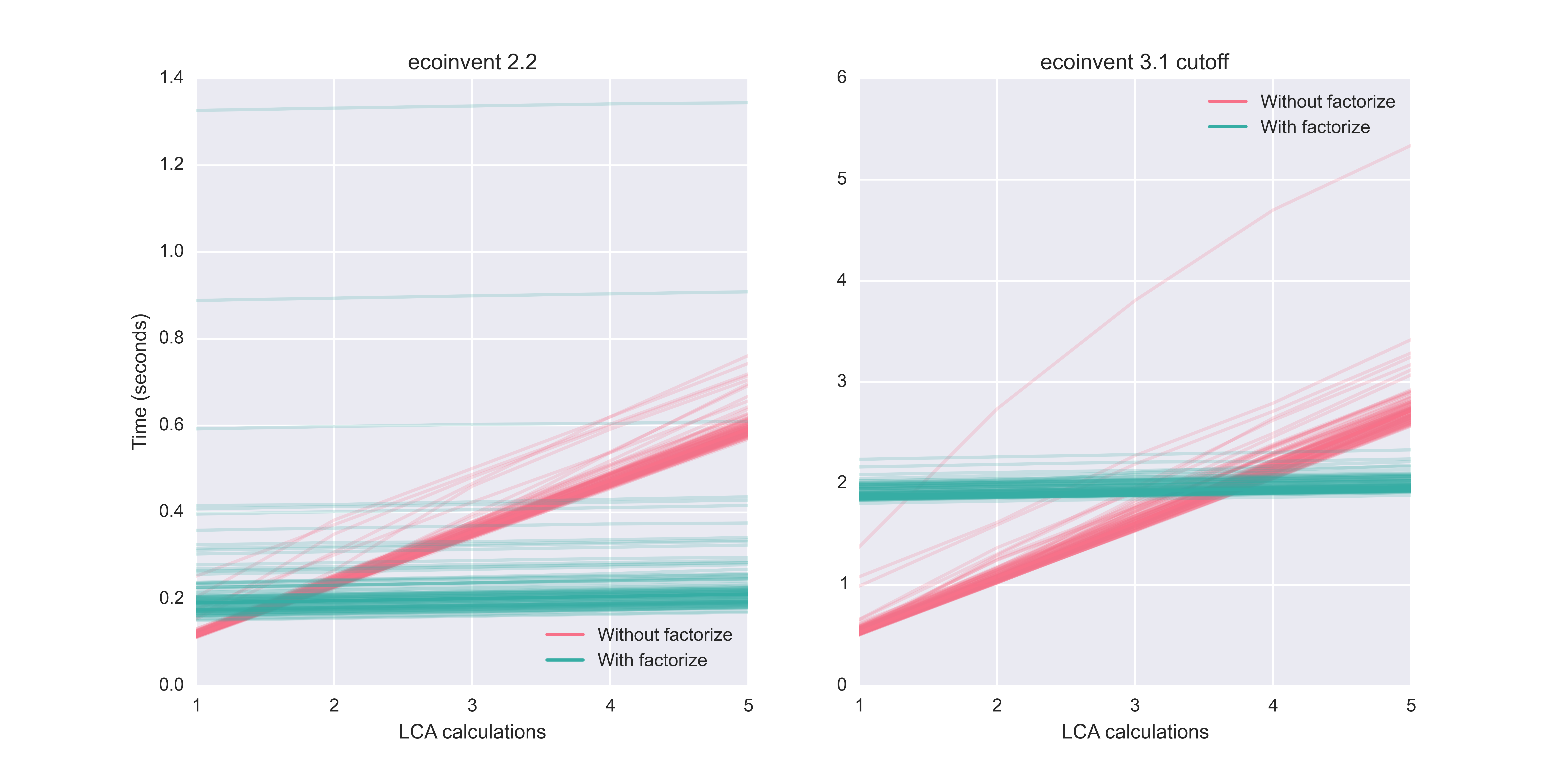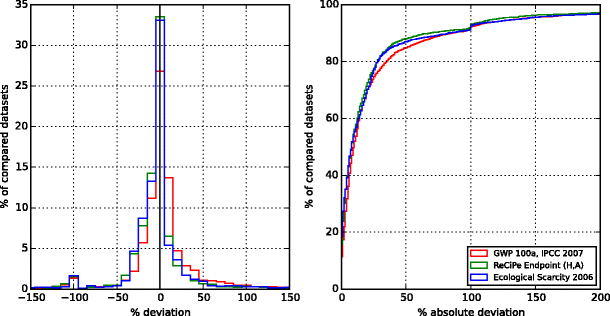
The processes that most contributed to the impacts were the production of cement, activated silica, and the destination/treatment of waste. For the human toxicity, the findings become relevant for new studies to compare the potential impacts of this category on concrete production, since no surveys were found for this category with the same perspective of this research. Furthermore, the similarity with the values found in the literature shows consistency for LCA calculation, since an expressive amount of Brazilian primary data was used, generating reliable information to guide decision making. This similarity indicates that both methods are appropriate for LCA studies in Brazil. The results of the categories selected for analysis were quite close for the two methods, except for human toxicity carcinogenic and freshwater ecotoxicity. For the analysis, two methods of Life Cycle Impact Assessment (LCIA) were used, CML (baseline) and ReCiPe Midpoint (H) to compare the concrete performance, given these different methodologies, especially regarding the coverage (regional/global) of their impact categories. Primary data (amount of cement, gravel, sand, energy, water, additives) were collected in three concrete industries located in Teresina, Piauí, Brazil, and data from the Ecoinvent 3.7.1 database (transport, solid waste, liquid effluents, particulate matter) were also used.


In this work, the Life Cycle Assessment (LCA) was used to measure the impact of concrete production.

Concrete companies generate environmental negative impacts, which need to be studied to assess their extension and find ways to mitigate them. Concrete is a material used in civil construction applied to several works, which makes it one of the most consumed products in the world.


 0 kommentar(er)
0 kommentar(er)
